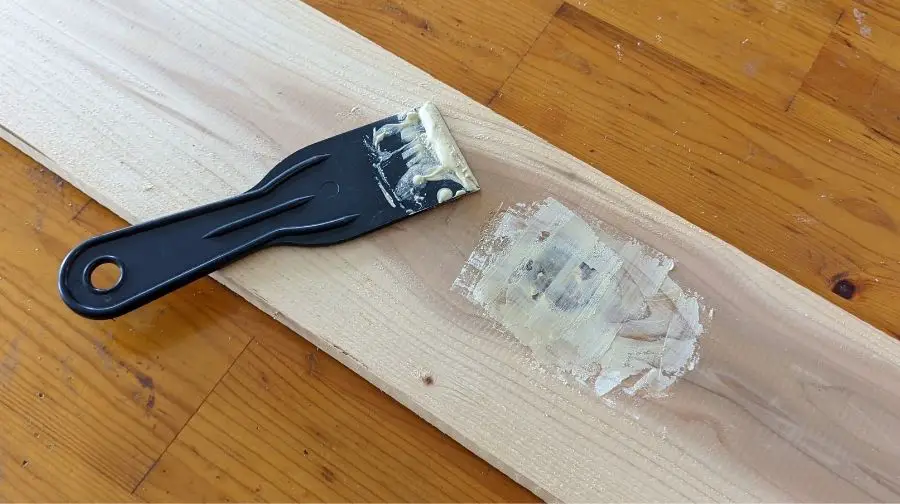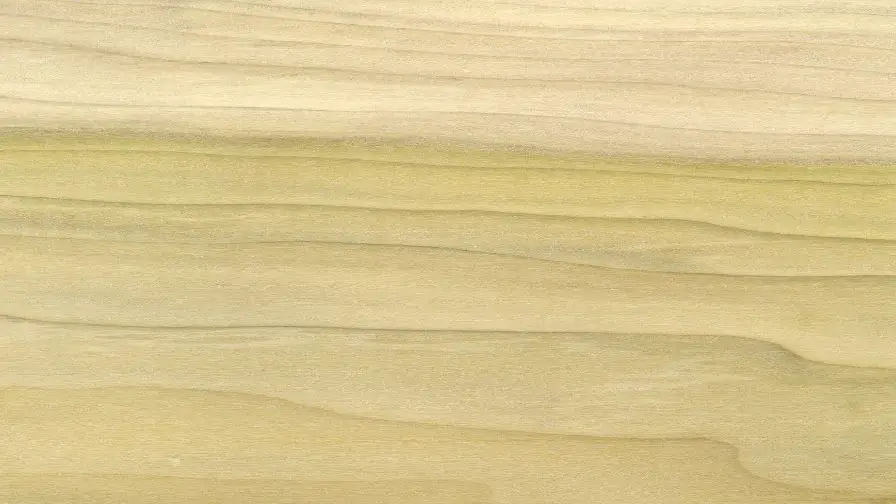
If you’re looking for the best Poplar wood filler, look no further! This guide will help you choose the right one for your needs, and offer some tips on how to use it.
We’ll also cover the different types of wood fillers and how to use wood fillers effectively to get the best results. So whether you’re a beginner or a pro, this guide will help you choose and use the best Poplar wood filler for your next project.
What Is The Best Wood Filler For Poplar?
Water-based wood filler is best to use for Poplar woods. The water-based wood filler is easy to apply and doesn’t make a huge mess. It is also easy to clean up with just soap and water.
Oil-based wood filler is another option to use for Poplar woods. The oil-based wood filler takes longer to dry but it is more durable than the water-based filler.
Water-Based Wood & Grain Filler – Base/Neutral – 8 oz By Goodfilla

Click Here To Check The Price On Amazon
What Is Wood Filler And What Are Its Uses
Wood filler is a type of wood putty used to fill in holes, dents, and other irregularities on wood surfaces. It is usually made from sawdust or wood flour mixed with a binder such as latex, epoxy, or shellac. Wood filler can also be purchased in pre-mixed form. There are several different types of wood filler available on the market, each with its advantages and disadvantages.
Water-based wood fillers are the easiest to clean up and use. They are also typically the least expensive. However, water-based wood fillers can shrink as they dry, so they may not be the best choice for large holes or dents.
Petroleum-based wood fillers are more difficult to clean up and use, but they are less likely to shrink as they dry. Petroleum-based wood fillers are also more expensive than water-based wood fillers.
There are many uses of wood filler. Here is the list of the most common uses:
- To fill in holes or cracks in wood surfaces. There are times when woodworking projects do not go as planned. Holes and cracks can form in the wood, and these need to be filled to create a smooth surface. A wood filler is perfect for this job.
- To fill in dents and scratches on wood surfaces. Dents and scratches can occur on wood surfaces for a variety of reasons. Wood filler is best to fill them in, creating a smooth surface once again.
- To create custom moldings and trim. When you are looking to add some decorative touches to your wood, the wood filler will get the job done
- To level out uneven surfaces. If you have a piece of wood that is not perfectly flat, the wood filler is perfect to level out the surface.
Does Poplar Need Grain Filler?
No, it does not need grain filler. You can achieve a very smooth finish without filling in the grain.
However, some people prefer to use grain filler for a more polished look. If you decide to use grain filler, make sure to choose one that is compatible with Poplar wood.
How To Apply Wood Filler To Poplar.
Start by sanding the area to be filled with Poplar wood filler. If the area is large, you may want to use a power sander. Be sure to remove all dust before proceeding.
Next, apply the wood filler to the surface using a putty knife or similar tool. Work the filler into the grain of the wood and smooth it out as much as possible.
Allow the filler to completely dry before sanding it smooth. When you’re finished, your Poplar wood should look like new again!




